How to Decipher Patterns: A Comprehensive Guide to Understanding Mathematical Sequences
Understanding sequences is a fundamental concept in mathematics. A sequence is essentially an ordered list of numbers, often following a specific rule or pattern. Each number in the sequence is called a term. Let’s explore step by step how to understand and work with sequences.
[include_netrun_products_block from-products="product/6-virginia-sol-grade-3-math-practice-tests/" product-list-class="bundle-products float-left" product-item-class="float-left" product-item-image-container-class="p-0 float-left" product-item-image-container-size="col-2" product-item-image-container-custom-style="" product-item-container-size="" product-item-add-to-cart-class="btn-accent btn-purchase-ajax" product-item-button-custom-url="{url}/?ajax-add-to-cart={id}" product-item-button-custom-url-if-not-salable="{productUrl} product-item-container-class="" product-item-element-order="image,title,purchase,price" product-item-title-size="" product-item-title-wrapper-size="col-10" product-item-title-tag="h3" product-item-title-class="mt-0" product-item-title-wrapper-class="float-left pr-0" product-item-price-size="" product-item-purchase-size="" product-item-purchase-wrapper-size="" product-item-price-wrapper-class="pr-0 float-left" product-item-price-wrapper-size="col-10" product-item-read-more-text="" product-item-add-to-cart-text="" product-item-add-to-cart-custom-attribute="title='Purchase this book with single click'" product-item-thumbnail-size="290-380" show-details="false" show-excerpt="false" paginate="false" lazy-load="true"]
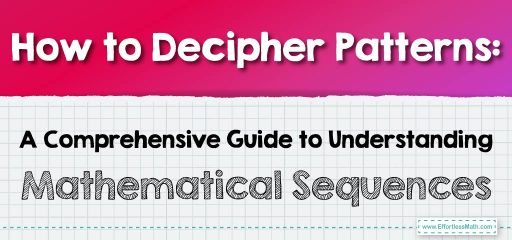
Step-by-step Guide to Understanding Mathematical Sequences
Here is a step-by-step guide to understanding mathematical sequences:
Understanding Basic Terminology
- Sequence: A sequence is an ordered list of numbers, such as \(2, 4, 6, 8, 10, …\)
- Term: Each number in a sequence is called a term. For example, in the sequence \(1, 3, 5, 7, …\), each number (\(1, 3, 5, 7\), etc.) is a term.
- General Term (\(a_i\)): The general term of a sequence is an expression that describes the pattern of the sequence, using \(i\) as the position (or index) in the sequence. It’s denoted as \(a_i\), where \(i\) is the index.
- Index: The subscript \(i\) in \(a_i\) is the index, indicating the position of a term in the sequence. For instance, \(a_1\) is the first term, \(a_2\) is the second term, and so on.
- Continuation of the Sequence: The three dots (…) signify the continuation of the sequence in the pattern established by the earlier terms.
Evaluating Terms in a Sequence
To find specific terms in a sequence, you typically follow these steps:
- Identify the Formula: First, you need to know the formula or rule that generates the sequence. This is often given or can be deduced from the pattern in the sequence.
- Insert the Term Position (\(n\)): Once you have the formula, insert the desired term position (such as the \(n^{th}\)) into the formula. The position \(n\) is the index that corresponds to the term you want to find.
- Compute the Term’s Value: Finally, calculate the value of the term using the formula with the given position \(n\).
Examples of Sequences
- Arithmetic Sequence: This is a sequence in which each term is a certain number greater than the previous term. For example, in the sequence \(3, 7, 11, 15, …\), the general term is \(a_n=3+4(n−1)\), where \(4\) is the common difference.
- Geometric Sequence: This is a sequence in which each term is obtained by multiplying the previous term by a fixed, non-zero number. For example, in the sequence \(2, 6, 18, 54, …\), the general term is \(a_n=2⋅3^{(n−1)}\), where \(3\) is the common ratio.
- Fibonacci Sequence: This is a famous sequence in which each term is the sum of the two preceding ones, starting from \(0\) and \(1\). That is, the sequence is \(0, 1, 1, 2, 3, 5, 8, 13, …\)
Final Word
Understanding sequences involves recognizing the pattern or rule that generates the terms of the sequence, identifying the general term, and using this general term to find specific terms in the sequence. By mastering sequences, you can solve various mathematical problems and understand patterns in a range of contexts, from simple number sequences to complex patterns in nature and computer algorithms.
Examples:
Example 1:
For the sequence represented by \(a_n=3n^2−2\), calculate \(a_5\).
Solution:
- Insert \(n = 5\) into the Formula:
- \(a_5=3(5)^2−2\)
- Compute the Value:
- \(a_5=3(25)−2\)
- \(a_5=75−2\)
- \(a_5=73\)
For the sequence \(a_n=3n^2−2\), the fifth term \(a_5\) is \(73\).
Example 2:
For the sequence represented by \(a_n=2^n+n\), calculate \(a_4\).
Solution:
- Insert \(n = 4\) into the Formula:
- \(a_4=2^4+4\)
- Compute the Value:
- \(a_4=16+4\)
- \(a_4=20\)
For the sequence \(a_n=2^n+n\), the fourth term \(a_4\) is \(20\).
Related to This Article
More math articles
- Top 10 3rd Grade STAAR Math Practice Questions
- The Best Calculators for Back to School 2026
- Top Presentation Tips for Math Students: From Explaining Formulas to Creating Clear Slides
- Place Values Relationship
- The Ultimate 6th Grade SC Ready Math Course (+FREE Worksheets)
- The Ultimate AP Calculus BC Course
- How to Overcome Praxis Core Math Anxiety?
- The Ultimate 7th Grade WVGSA Math Course (+FREE Worksheets)
- 8 ways to use mathematics to win at a casino
- How to Construct Triangles? (+FREE Worksheet!)




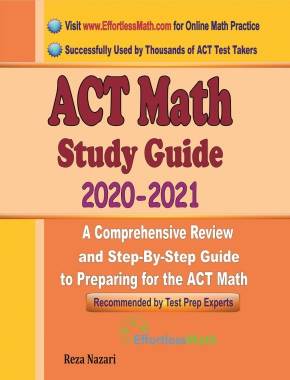
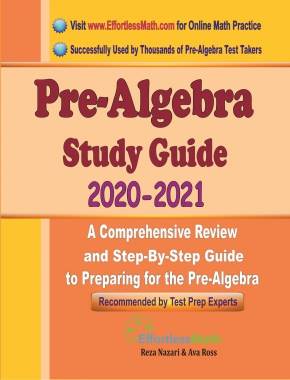



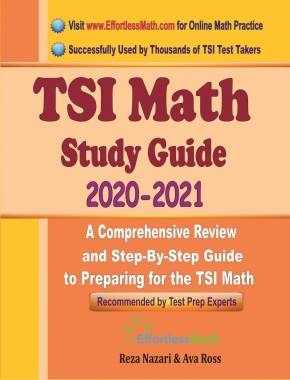
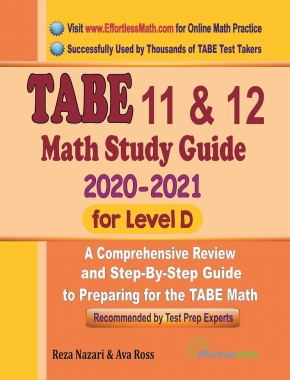
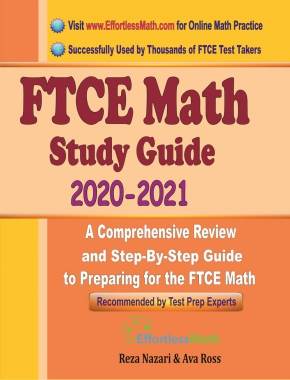
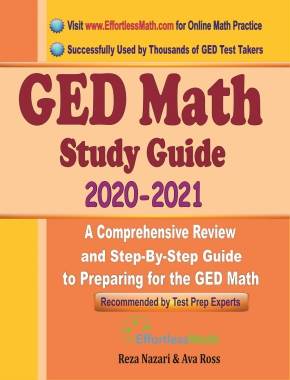
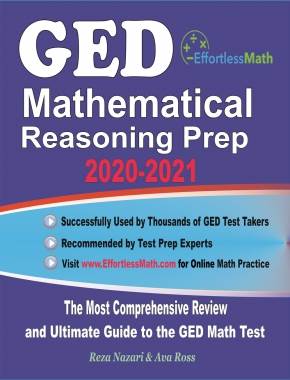
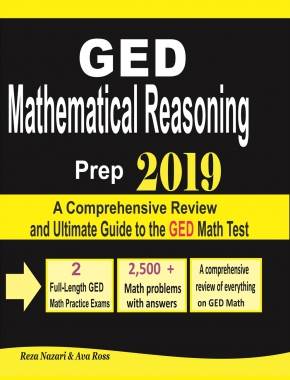
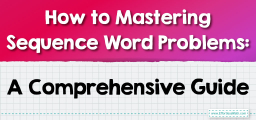









What people say about "How to Decipher Patterns: A Comprehensive Guide to Understanding Mathematical Sequences - Effortless Math: We Help Students Learn to LOVE Mathematics"?
No one replied yet.